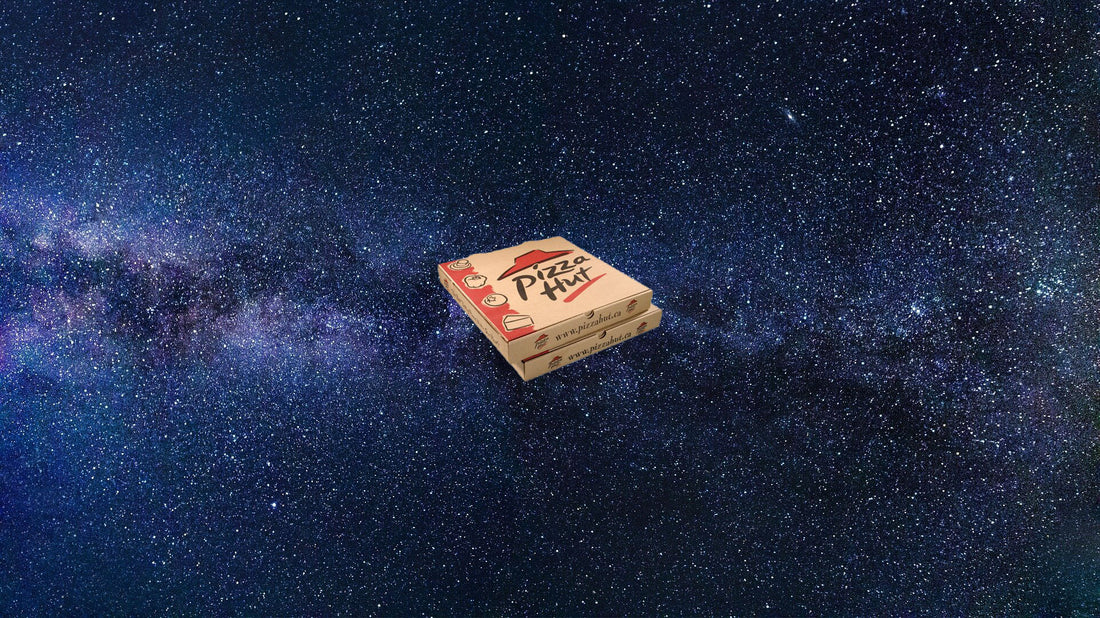
Plot Twist: The Universe Might Be Flat
Share
Flat Earth Theory is so 2018.
The latest cutting edge "flat-something" theory is the flat universe theory only this time - kinda disappointingly - it has scientific merit.
Just when we thought we had a new batch of nutters to laugh at...
Researchers found evidence of the Flat Universe Theory by revisiting a 30-year-old model that now confirms that nearly three-quarters of the universe is made up of dark energy.
The evidence found actually holds water and relies on much fewer assumptions than previously seen.
If you haven't brushed up on your astrophysics in a while, dark energy is the theoretical opposite to gravity which counts for most of the universe and its accelerated expansion.
The research author Christian Marinoni says the theory turns the complicated calculation of the universes shape into simple "primary school" geometry.
Even so, the question of the shape of our universe is still a highly debated topic.
Much like how we watch a ship appear to lower over the horizon, the same effect can be seen astronomers stare deep into the unknown of space.
Only in space, a telescopic lens on or adjacent to Earth will see objects in space much differently than how it would actually be.
This is due to lighting being bent by the fabric of space and time.

This is what Marinoni and Adeline Buzzi from the University of Provence used to test the flat universe theory.
The current model theorises that only 4% of what makes up our universe is normal matter. As in, the stuff you could touch and see like stars, planets and so on.
This is the stuff astronomers can directly see.
The large majority of what's left is made up of dark matter and energy and they're referred to as dark because they don't absorb, emit or reflect light like the matter we're used to.
This is also why we can't view it directly.
Dark energy which is understood to take up 73% of the known universe, is put forward as the source of the continual universe expansion.
As we mentioned before, this acceleration is also accelerating.
By improving how we measure the impact of dark energy, a team of scientists from the University of Portsmouth took the existing theoretical data and found that the universe may be "spatially flat" and not round as once believed.
If true, they may have answered a long time astronomical debate in the process.
Psst! Clint the Intern here, just letting you guys know we're flying through winter hoodies to keep you toasty while you spread ARSE...
Click here for a look
See yas! - Clintern
We used to measure dark energy by tracking distant supernovae (really big stars).
This time, the scientists from the University of Portsmouth looked at a huge database of galaxies and quasars (massive celestial objects emitting large amounts of energy). These millions of objects allow for greater accuracy of which direction dark energy is expanding the universe.
And it appears to be outward, but not in all directions.
These findings could end the debate over the contested value that describes how rapidly the universe is expanding.
This value is known as the "Hubble Constant".
When scientists say the universe is flat, it doesn't necessarily mean the universe looks like a humongous A4 piece of paper.
Rather, the universe could be in a number of shapes with a flat dimension to it.
It could be round but not spherical, or even like a flat doughnut.
The most common models are the following:

Does the idea of a flat universe get you eager to thrust into the deep unknown?
Then perhaps you'd share your love of Aussie space with fellow ARSE fans in our official Australian Space Society
Thanks for reading guys and please share to spread ARSE!
#Space_Aus





